Having a unique photo editing style can set you apart in a crowded market. In 2025, powerful editing tools, advanced presets, and innovative filters empower photographers—from beginners to seasoned pros—to experiment and evolve their visual language. A consistent editing style not only reflects your artistic vision but also helps clients instantly recognize your work, whether it’s a wedding, portrait, or lifestyle session.
In this guide, we break down nine popular photo editing styles and share practical tips to help you achieve a stunning, signature look with presets. Plus, learn how FilterPixel can streamline your editing process with intuitive presets and tools designed for modern photographers.
Photo editing styles for photographers
- HDR
- Vintage
- Dark and Moody
- Cinematic
- Matte effect
- Clean editing
- Black-and-white
- Damaged Film look
- Cross processed
HDR
1. HDR Editing
High Dynamic Range (HDR) editing expands the tonal range of your photos by balancing bright highlights and deep shadows.
- What It Is: HDR captures more detail from both the light and dark areas of your image.
- Who Uses It: Ideal for landscape and nature photographers who want to reveal every nuance of their scene.
- Pro Tip: When using an HDR preset in Lightroom or Photoshop, adjust the details panel to reduce noise and avoid a “halo” effect around edges.
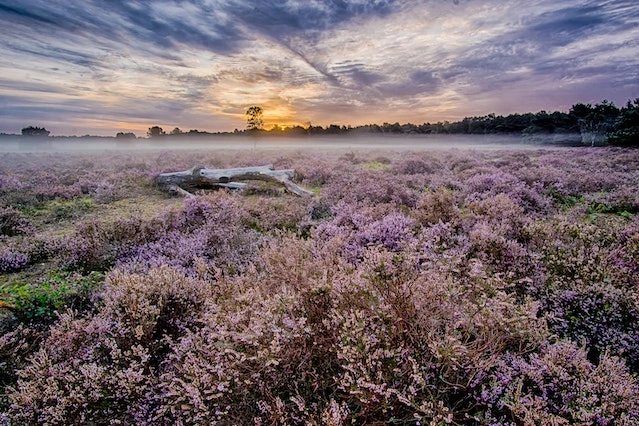
Photo by Joran Quinten
Vintage
Vintage or retro editing gives your photos an old-school, nostalgic feel reminiscent of the 1970s or 80s.
- What It Is: This style mimics the look of film photography with muted colors, subtle grain, and soft contrast.
- Who Uses It: Great for portraits and outdoor shots that benefit from a timeless, nostalgic vibe.
- Pro Tip: Use a vintage filter or preset and fine-tune the grain and saturation in your editing software to recreate that classic look.
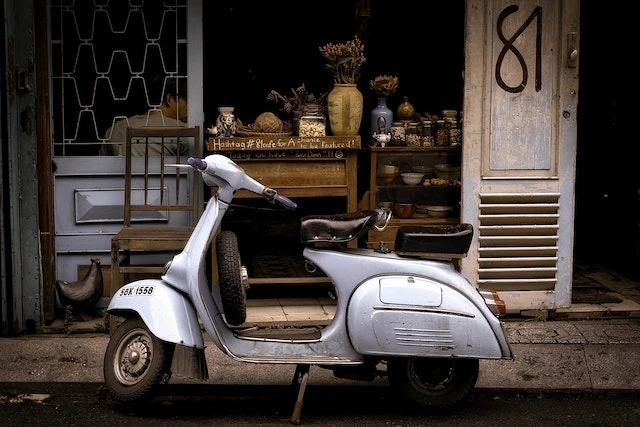
Photo by Pixabay on Pexels
Dark and Moody
The dark and moody style transforms images into dramatic works of art with deep shadows and rich tones.
- What It Is: This approach minimizes whites and highlights while emphasizing darker areas to create an atmospheric mood.
- Who Uses It: Popular among fine art, portrait, and still-life photographers looking for a dramatic, emotional impact.
- Pro Tip: Focus on decreasing exposure for highlights while increasing contrast in shadows. Experiment with split-toning for extra depth.
Cinematic
Cinematic editing borrows the color grading, contrast, and lighting moods of your favorite movies.
- What It Is: This technique creates images with dramatic color palettes, reminiscent of film stills.
- Who Uses It: Ideal for portrait and lifestyle photography where storytelling is key.
- Pro Tip: Study the color tones and contrast of classic movies, then replicate these settings in your editing software. Practice using HSL adjustments to fine-tune the cinematic effect.

Photo by Cottonbro
Matte effect
The matte effect softens contrast and creates a timeless, elegant look by muting harsh highlights.
- What It Is: This style reduces overall sharpness, softening shadows and light to reveal underlying textures.
- Who Uses It: Especially effective for portrait, lifestyle, and food photography where a delicate mood is desired.
- Pro Tip: Adjust the curve in your editing software to flatten the contrast, then apply a matte preset to fine-tune the final look.
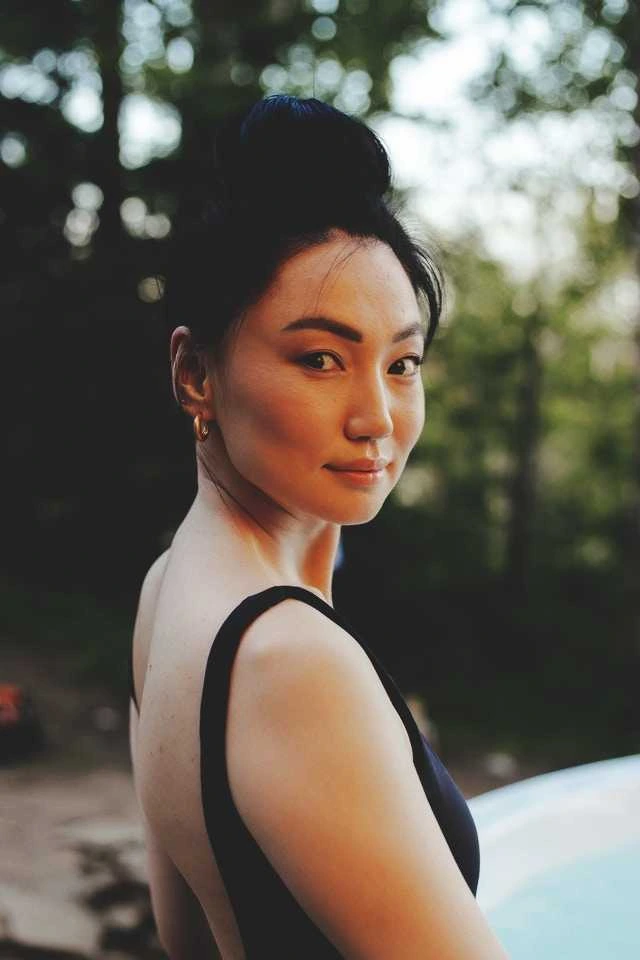
Photo by Ron Lach
Clean editing
Clean editing aims for natural, unaltered beauty—subtle adjustments that enhance without overwhelming.
- What It Is: Minimal edits that correct clarity, color temperature, and sharpness to retain the authentic feel of the photo.
- Who Uses It: Perfect for photographers who prefer a “less is more” approach, ideal for editorial or documentary styles.
- Pro Tip: Keep the adjustments light. A slight tweak in clarity and warmth can make a huge difference without over-processing.

This natural editing style is done with little to no adjustments. Mostly such adjustments include changes in clarity, sharpness, temperature, and color correction.
This technique can be used by any photographer that wants to achieve the most natural look in their photos and not have any dramatic or fancy changes in their photos.
Black-and-white
Creating beautiful and timeless black and white photos is an art form. A lot of photographers stick to a black-and-white editing style which doesn’t give them a lot of colors but a lot of greyscales to play with.
Black-and-white editing transforms photos into timeless classics by removing color and focusing on contrast and texture.
- What It Is: Converting a color image to grayscale can highlight shape, composition, and emotion.
- Who Uses It: Widely used in portrait and street photography to emphasize mood and form.
- Pro Tip: Start with a strong contrast preset, then adjust individual color channels (HSL) to control the tonal range in grayscale.
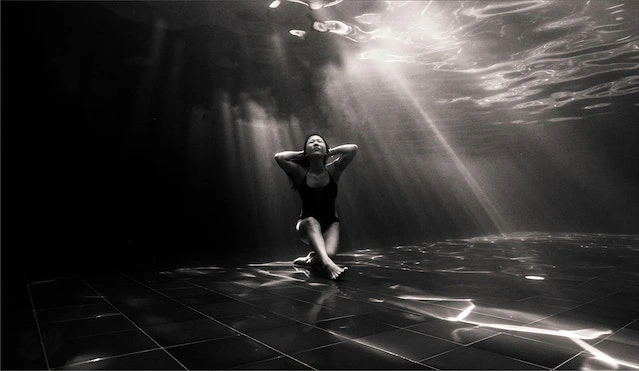
Photo by Emma li
As a starting point, photographers can shoot in color and later apply a black-and-white filter or a preset while editing in Lightroom.
After that, photographers can play around with HSL values to alter different colors and shades to achieve striking contrast in their grayscales.
Damaged Film Look
The damaged film look creates an intentionally aged or distressed appearance, reminiscent of film with scratches or textures.
- What It Is: This style applies textures and overlays that simulate physical wear and tear on old photographs.
- Who Uses It: Great for creative projects where an artistic, vintage aesthetic is desired.
- Pro Tip: Layer a texture overlay and blend it subtly with your original image—be careful not to overdo it so that your subject remains the focus.
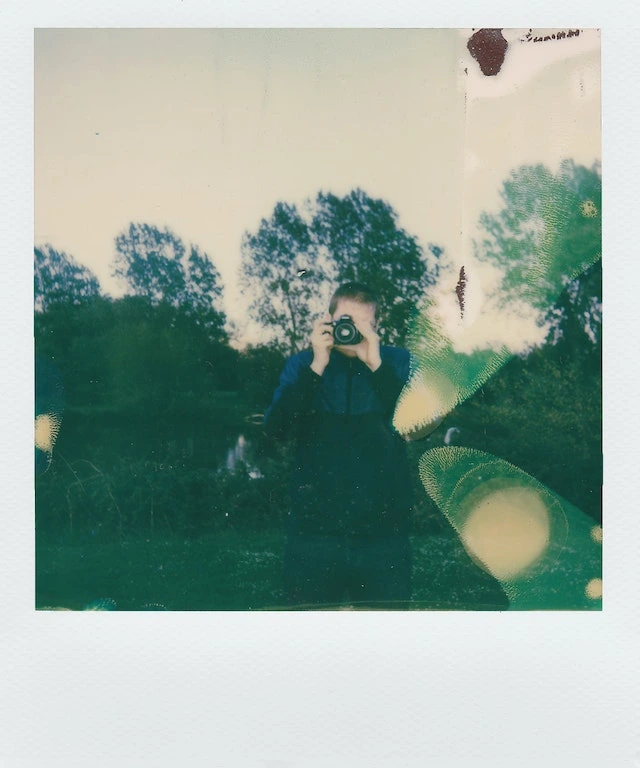
Photo by Lisa Fotios on Pexel
Cross processed
Cross-processed editing delivers unexpected and vibrant color shifts by emulating the effects of developing film in the wrong chemicals.
- What It Is: This style dramatically alters colors—turning blue skies to pinks or greens to purples—adding a surreal twist.
- Who Uses It: Perfect for street, portrait, or experimental photography where bold, funky colors make a statement.
- Pro Tip: Adjust individual RGB channels in your editing software to experiment with unusual color mixes. Start with a cross-processing preset and refine from there.
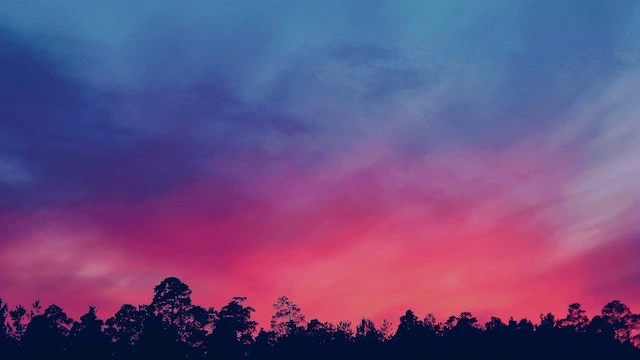
Photo by Wilddogdingo on Pexels
Conclusion
Choosing the right photo editing style is a journey of experimentation. Whether you lean toward the dramatic allure of dark and moody, the nostalgic charm of vintage, or the striking boldness of cross-processing, every style offers a new way to express your creative vision. Remember, your signature look might even be a fusion of several styles—only by trying and learning will you discover what truly resonates with you.
Ready to refine your editing process? Start using FilterPixel today to explore intuitive presets and take your editing to the next level.
Maybe the new editing style is a combination of more than one editing style present in the list. Nobody really knows unless they try it. The whole idea is to experiment and learn to discover one’s signature editing style.
If you are interested in a black-and-white portrait photography editing style, check out our blog on creating timeless black and white portraits.
